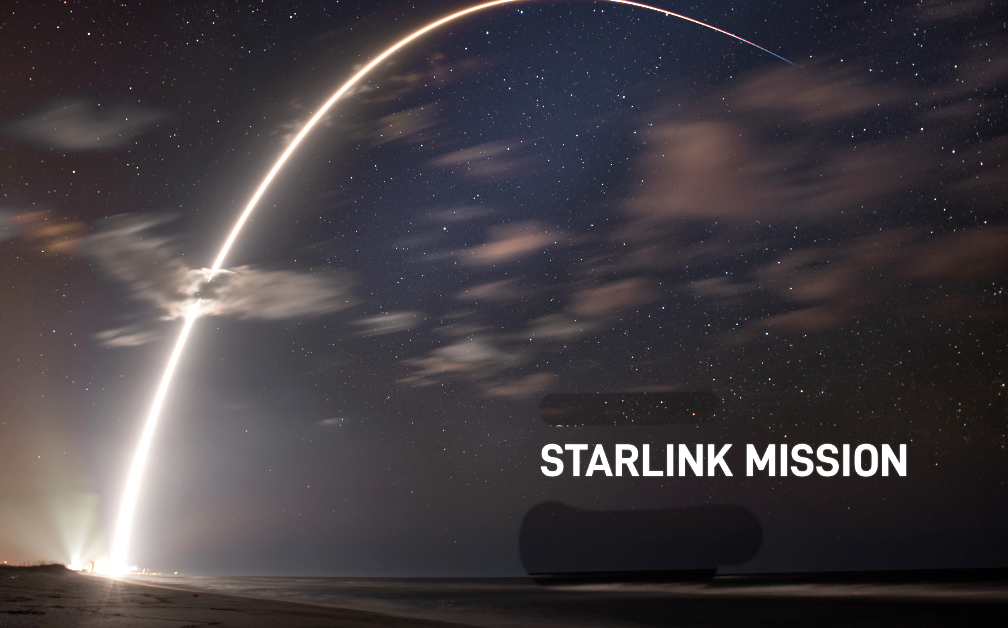
The avalanche of legal filings and motions in the increasingly bitter dispute between SES and Intelsat over the division of C-band ‘incentives’ from the FCC is simply immense.

April 14th saw another flood of documents, but one stood out, which contained Intelsat’s strong rebuttal of some of SES arguments. The opening paragraph says it all — “SES’s Motion is mostly a continuation of its smear campaign against [Intelsat], SES’s largest competitor. SES first seeks to intervene in a lawsuit that does not exist.”
The filing to Intelsat’s bankruptcy court then takes 17 pages of legalese to expand on its rebuttal of SES’s arguments, and states, “SES has pursued its claim through bombastic character assassination, in an effort to advance SES’s competitive efforts against the Debtors, while ignoring the text of the contract it signed and the FCC Order that the Debtors are working to implement…. SES’s approach is simply not how bankruptcy works. SES (and all other creditors) will have every opportunity to advance its opposing assertions about payments flowing from the FCC Order during [Intelsat’s exit from bankruptcy plan] confirmation proceedings.”
The invective from Intelsat certainly manages to match that already filed by SES. Intelsat claims that the C-Band Alliance – the initial entity which negotiated with the FCC over the allocation of C-band frequencies over the US – had no role once the FCC had determined its auction process.
Intelsat argues that “none of the proceeds from the FCC-run auction will flow to the CBA or any of the satellite operators; instead, those proceeds will all go to the U.S. Treasury. The payments allocated to each separate satellite operator under the FCC regime are for their actions separately—and they are not related to the auction proceeds. As such, the acceleration payments were not a part of the Market Approach nor even contemplated by the Agreement.
“SES is trying to pocket for itself money that Intelsat is eligible for on account of Intelsat’s rights in the C-Band—and that value belongs to Intelsat’s real creditors (not its chief competitor),” stated the Intelsat filing, adding ”The reality is clear: SES, the Debtors’ fiercest competitor, seeks a windfall for doing nothing while the Debtors earn incentive payments, described in the FCC Order, for the benefit of the Debtors’ stakeholders.”
The judge in this case needs – and probably has – the wisdom of Solomon!

Millions For Musk
Elon Musk might well mount an IPO for his SpaceX business somewhere down the line, but for the moment, he seems happy to raise cash by issuing new equity. In a regulatory filing, SpaceX says it has raised a total of $1.164 billion over the past few weeks.
The company had already reported raising some $850 million back in February, which gave the rocket and broadband-by-satellite company a valuation of about $74 billion. Last August, SpaceX raised $1.9 billion according to Reuters.
The net total of this latest funding round places another $314 million or so into SpaceX’s coffers.
Somewhat coincidentally, SpaceX president Gwynne Shotwell, on April 15th, said that her company will be providing a consistent global connectivity business by late this year and within 5 years will be using its larger Starship rocket to be carrying people within 5 years. Starship would be flying inter-continentally as well as – eventually – to Mars “before 2030”.
Shotwell said that SpaceX was targeting its broadband service to be global shortly after its scheduled 28th launch. Earlier in April it made its 23rd Starlink launch, so simple math suggests another 300 satellites need to be placed into orbit.
Shotwell also talked about its development of inter-satellite laser links, saying that Version 3 (SpaceX had already tested two iterations) of its laser-linked craft would be orbited in the next few months.
The demand for broadband connectivity over both fixed and mobile broadband networks is increasing dramatically. However, despite network expansions and upgrades, only half of households worldwide currently have access to fixed broadband services.
With the rollout of LEO constellations, satellite broadband services will improve broadband penetration significantly. Global tech market advisory firm ABI Research forecasts that the satellite broadband market will reach 3.5 million subscribers in 2021, grow at a CAGR 8 per cent to reach 5.2 million users in 2026, and generate $4.1 billion service revenue.
“LEO satellites will play an important role in satellite broadband services in the years to come,” says Khin Sandi Lynn, Industry Analyst at ABI Research. “High Throughput Satellite (HTS) LEO systems can support multi-Gbps speed per satellite. Orbiting around 800-1600 km from the Earth’s surface, LEO systems offer a major advantage of low latency between 30-50 milliseconds, enabling LEO broadband services to support low latency services such as online gaming and live video streaming.”
ABI Research notes that, traditionally, GEO satellites are mainly used to provide broadband services to homes and businesses in remote or rural areas where the deployment of mobile or fixed broadband connectivity is challenging. Although GEO satellites support viable speed over 100 Mbps speed broadband access, their distance from the Earth surface, about 36,000 km, creates a drawback of longer latency as high as 600ms, limiting the use of low latency applications.
LEO satellite operator SpaceX first launched its Starlink broadband services to residential users in 2020, supporting 100 Mbps broadband speed with unlimited data caps per month. SpaceX has launched more than 1,000 LEO satellites and aims to serve more than 600,000 homes and businesses in the United States. The company is now working toward the expansion of its broadband service to some markets in Latin America.
Other companies, such as OneWeb and Telesat, have launched LEO satellites providing connectivity to the business segment. Amazon, which plans to launch LEO constellations named project Kuiper, received FCC approval for its project in mid-2020, although the first satellite launch date is yet to be confirmed.
As broadband connectivity is becoming an essential service in today’s homes, satellite broadband services will remain an important part of the broadband market. There is inevitable competition from terrestrial broadband networks due to the expansion of fixed broadband networks and mobile networks.
The expansion of LTE and 5G networks will challenge the satellite broadband industry by supplying fixed wireless access (FWA) services to residential users. However, the cost and time associated with terrestrial network deployments can limit distribution in remote areas. “Satellite systems will continue to provide broadband services to underserved and unserved areas,” Lynn says.
LEO systems’ arrival will benefit users in remote areas by supporting high-speed, low latency broadband service. “The challenge of LEO-based broadband service currently is the cost of terminals, which are relatively high compared to existing satellite or terrestrial platforms. LEO satellite operators need to find ways to lower the terminal cost. Flexible packages and pricing could make the services affordable for users in both developed and emerging markets. Even though heavy subsidising of hardware costs may be required initially, the ability to boost adoption rates will help ecosystem development and eventually lower the hardware cost,” concludes Lynn.
